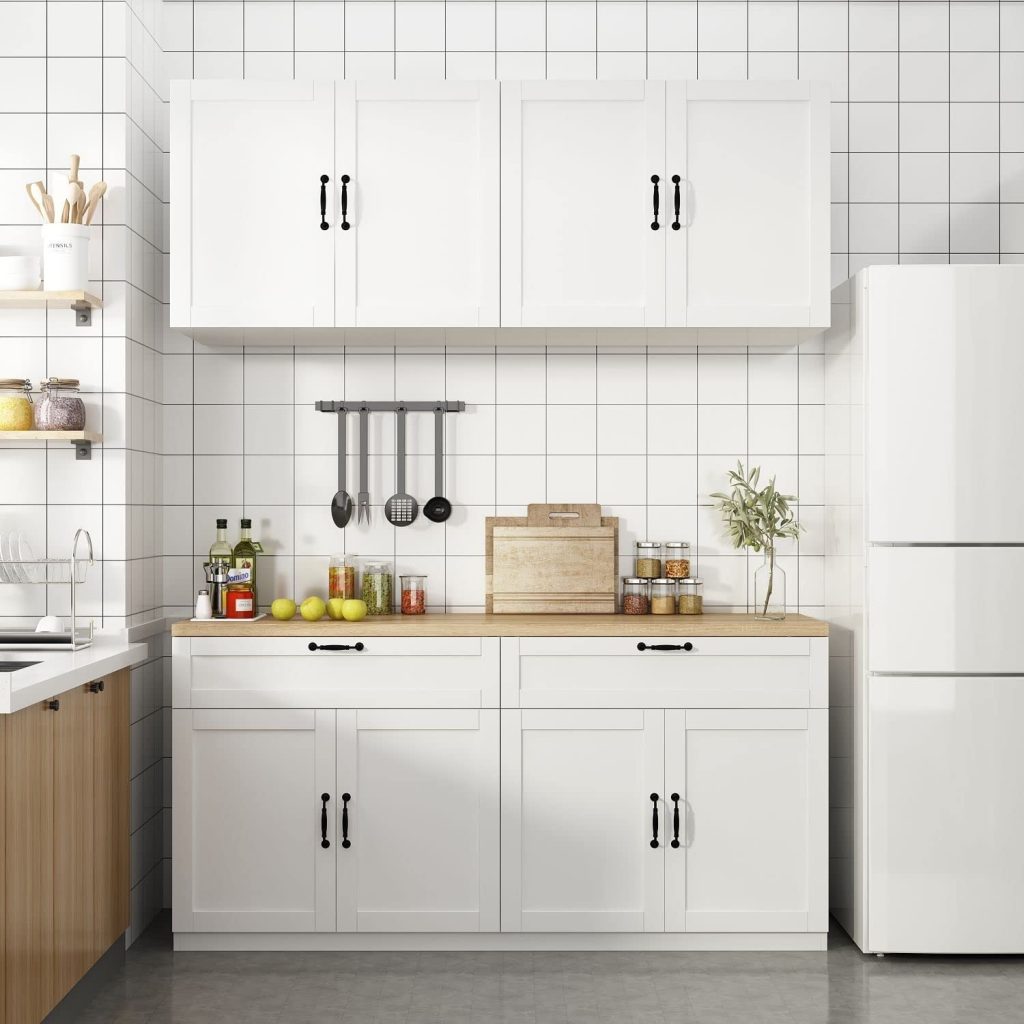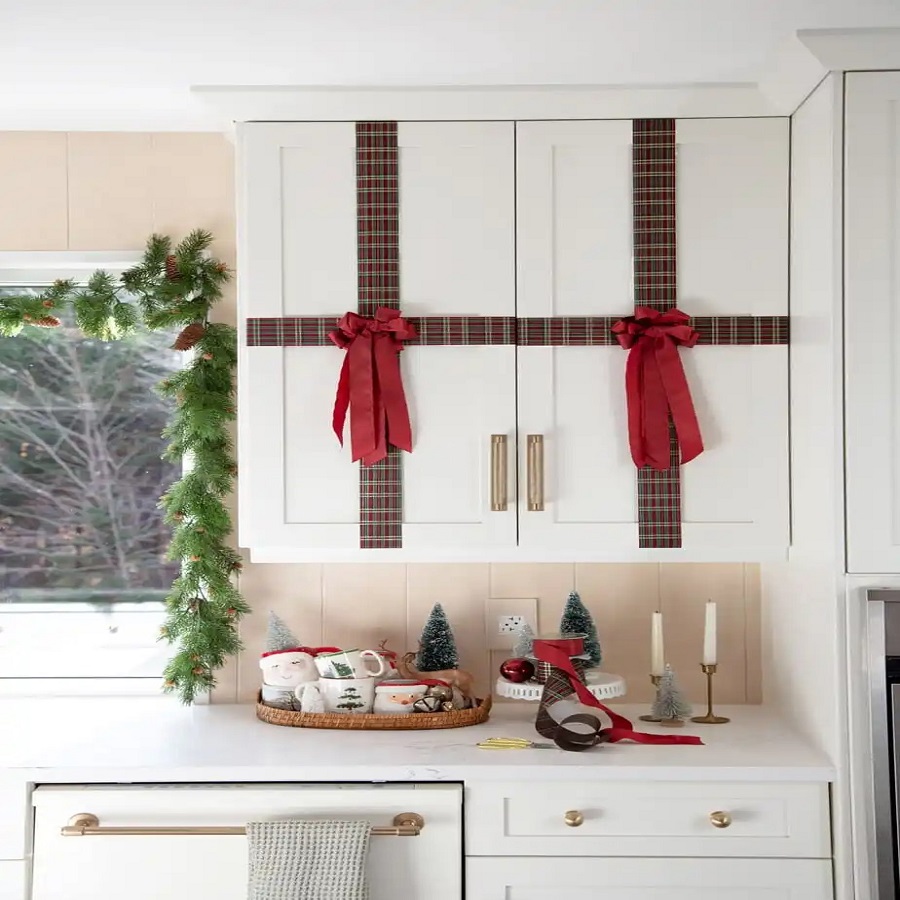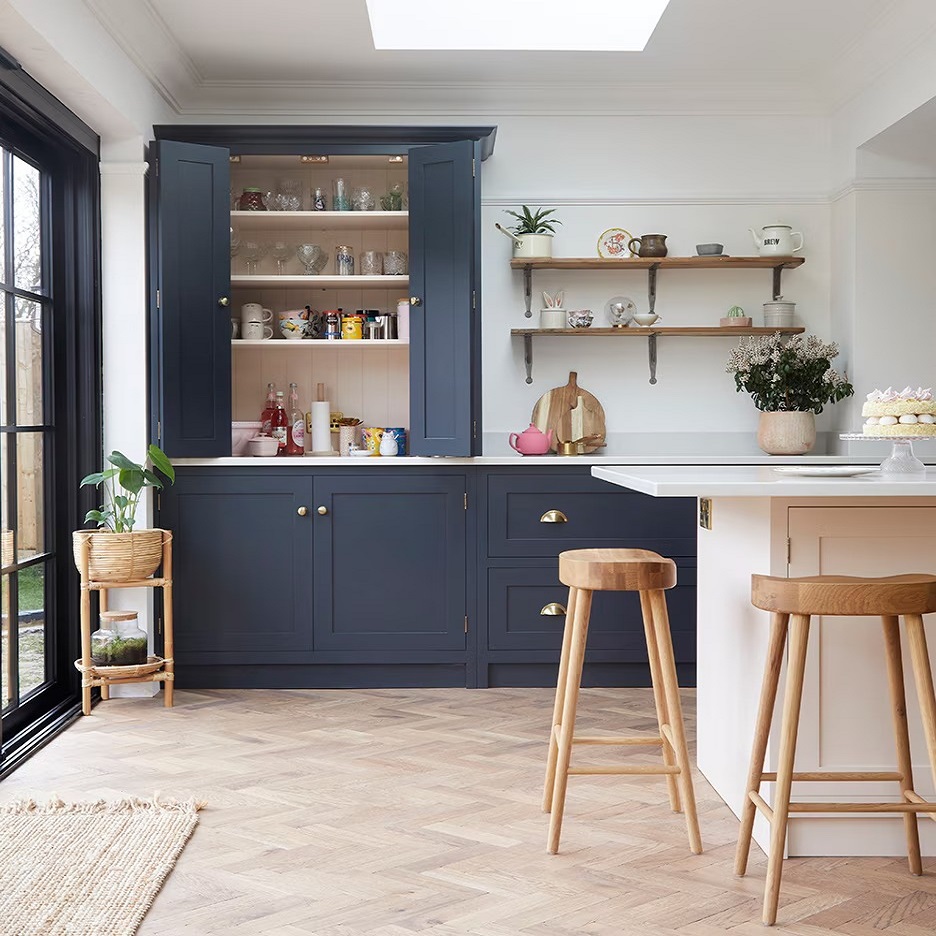Introduction to DIY Cabinet Door Making
Embarking on a diy kitchen cabinet doors project can be quite fulfilling. It allows you the freedom to customize your kitchen’s appearance to your taste while also providing a sense of accomplishment once the task is completed. Whether you’re giving your kitchen a fresh look or simply repairing worn-out cabinets, making your cabinet doors can be a cost-effective and rewarding endeavor.

Necessary Tools and Materials
Before diving into the crafting of your diy kitchen cabinet doors, it’s vital to assemble the right tools and materials. For a successful project, here’s what you’ll require:
- 1×3 Wood Boards: Choose a sturdy hardwood like Poplar for the frame.
- 1/4″ Plywood: Birch is a good option for the door center panel.
- Miter Saw: Essential for making precise cuts in your wood.
- Table Saw: Helpful for notch cutting and custom sizing.
- Drill: Necessary for creating pocket holes and installing hinges.
- Drill Bits: Various sizes to suit drilling tasks.
Measuring Your Cabinet for the New Doors
To kick off your DIY kitchen cabinet doors project, precise measurements are key. Start by measuring the cabinet opening’s height and width. This will determine the size needed for your new doors. Remember to account for any gaps that allow the doors to open and close smoothly — typically an eighth of an inch on all sides.
Begin with the interior dimensions, moving on to the outer edges of the cabinet box. Don’t rely on one measurement alone; double-check each one. Any miscalculation here could mean a poorly fitting door later.
Cutting the Rails and Stiles for Shaker Style
The essence of shaker style diy kitchen cabinet doors lies in their rails and stiles. To start cutting, first choose 1×3 wood boards, preferably poplar for its strength and durability. Using a miter saw for precise angles, cut your rails (horizontal pieces) and stiles (vertical pieces) according to the measurements taken from your cabinet.
Align the boards and check your angles with a speed square. Proper alignment is crucial for a square door. Mark each board with a pencil before cutting to ensure precision. If possible, cut slightly longer pieces; you can always trim them down later for a perfect fit.

Understanding Pocket Holes and Their Usage
Pocket holes play a critical role in DIY kitchen cabinet doors, especially in shaker style frames. A pocket hole is essentially a hole drilled at an angle into one board, which allows you to insert screws into another board. This technique is favored for its strength and simplicity.
Here are key points on using pocket holes in your project:
- Stability and Strength: Pocket holes give joints added strength, crucial for the durability of kitchen cabinet doors.
- Hide Screw Heads: This method keeps screw heads concealed within the joints, ensuring a clean and professional finish.
- Ease of Use: With a pocket hole jig, like the Kreg Pocket Jig, creating uniform and precise holes becomes a simple task.
For those new to woodworking, mastering the use of a pocket hole jig is essential. Start by setting your jig according to the thickness of your wood. Clamp the jig securely to your workpiece. Drill slowly. This way, you can create strong, reliable joints that are fundamental to the structure of your DIY kitchen cabinet doors.
Carving the Notch for Plywood Insert
Once you have your rails and stiles cut to size, the next step in creating your diy kitchen cabinet doors is to carve a notch for the plywood insert. This channel will house the flat panel that forms the door’s main surface and is one of the characteristic features of a shaker style door.
Follow these steps to carve your notch:
- Set the Saw Blade Correctly: Adjust your table saw blade to a low height – less than a quarter inch is ideal.
- Mark and Cut: Take a piece of scrap wood and mark the center. Align the marked center with the saw blade and cut along one side.
- Flip and Repeat: Turn the scrap wood end-to-end and cut the other side of your mark. This double cut creates the space for your plywood.
- Test Fit: Check if the plywood fits the notch snugly. If not, make small adjustments to your saw settings and try again.
Assembling the Shaker Cabinet Door Frame
After carving the notches, it’s time to assemble the shaker cabinet door frame. This step is where the appearance of your diy kitchen cabinet doors starts to take shape. Follow these simple instructions for a sturdy and square door frame construction:
- Prepare for Assembly: Position all your rails and stiles on a clean, flat surface. Ensure that you have your labeled pieces for easy identification.
- Apply Wood Glue: Dot a small amount of wood glue on the ends of the rails where they will join the stiles. This helps create a stronger bond.
- Clamp and Screw: Align the rails between the stiles and use clamps to hold the pieces firmly together. Check the corners with the speed square to ensure they are at right angles.
- Drill Pocket Holes: Use your Kreg Pocket Jig to drill the holes at the designated spots. This step is crucial for connecting the pieces firmly.

Attaching the Plywood Panel
Now that your shaker cabinet door frame is assembled, it’s time to insert the plywood panel. This flat insert is the centerpiece of the door and gives it the signature shaker style look. Here’s how to attach the plywood panel:
- Measure the Opening: Before cutting your plywood, measure the inside of the frame. Aim for a snug fit.
- Cut the Plywood: With these measurements, cut the plywood using the table saw. Make sure it fits exactly.
- Dry Fit the Panel: Place the cut plywood in the notches you created earlier. Adjust if needed.
- Apply Glue: Run a thin bead of wood glue in the notches of your assembled frame.
- Insert the Panel: Gently press the plywood into the glue-lined notches. Do not use screws here, as the panel needs to float.
Finishing Touches:
Once you’ve attached the plywood panel to your shaker cabinet door frame, it’s time for the finishing touches. These steps will help hide any imperfections and seal your diy kitchen cabinet doors for a polished look.
- Filling Pocket Holes: Start by using Bondo or wood filler to cover any pocket holes. This will create a smooth surface. Apply the filler, let it dry, and then sand it down.
- Caulking Seams: Apply caulk to any gaps where the stiles and rails meet the plywood panel. Ensure each seam is smooth and even.
- Priming: Once the caulk is dry, coat your doors with primer. This prepares your doors for painting and helps the paint to adhere better.
Installing the Concealed Hinges
Now that your diy kitchen cabinet doors are almost complete, it’s time to install the concealed hinges. This step is vital for creating a seamless and modern look. Here are the steps to follow:
- Choose the Right Hinges: Select concealed hinges that match your cabinet configuration.
- Mark the Hinge Locations: Decide where your hinges should go on your doors and mark them.
- Set Up Hinge Jig: If you are using a Kreg Concealed Hinge Jig, set it to your hinge specifications.
- Drill Hinge Holes: Carefully drill the holes for your hinges on the door.
Hanging Your DIY Cabinet Doors
Once your diy kitchen cabinet doors have their concealed hinges installed, it’s time to hang them up. Here’s what to do:
- Mark and Measure: Hold your door up to the cabinet where it will go. Mark where the top and bottom should be. Make sure it’s even.
- Attach Hinges to Frame: With your door in the correct spot, line up the hinges with the cabinet frame. Mark the hinge screw holes on the frame.
- Pre-drill Holes: Carefully pre-drill holes on the frame where you marked for screws. This helps prevent the wood from splitting.
- Secure Door to Frame: Line the door up again. Use a drill to screw the hinges into the frame. Ensure the screws are tight.
Hanging your doors correctly is important for how they look and work. Take your time to get it right. After you hang them, you’re close to the end of your project.

